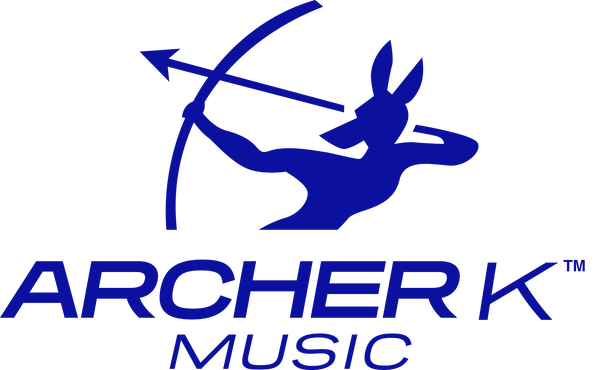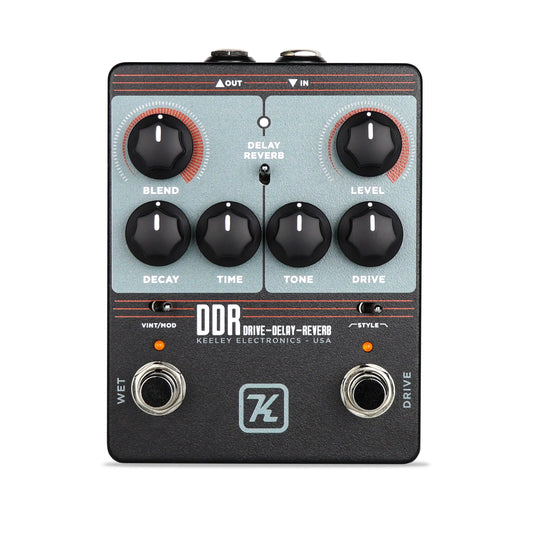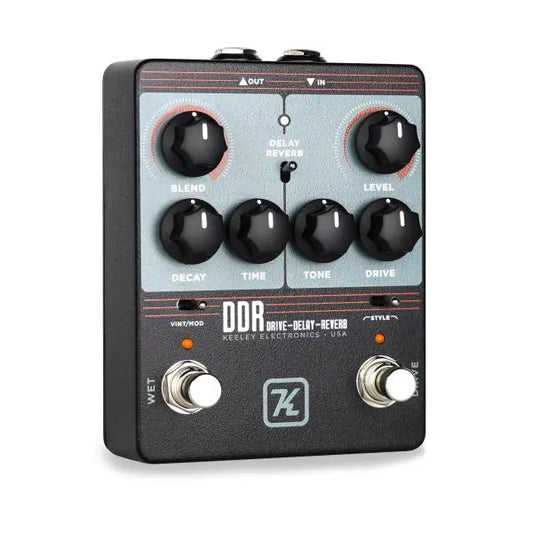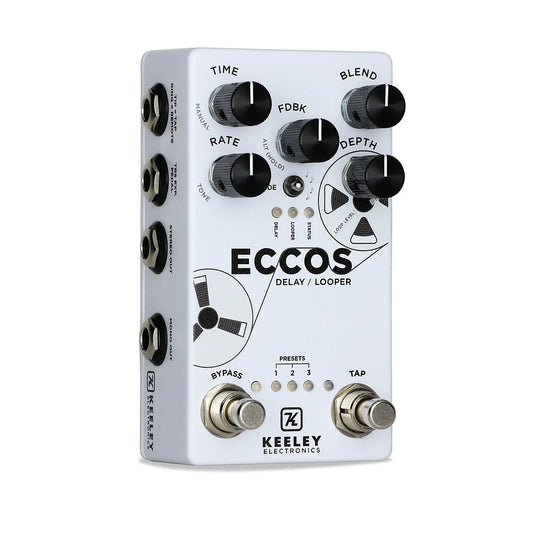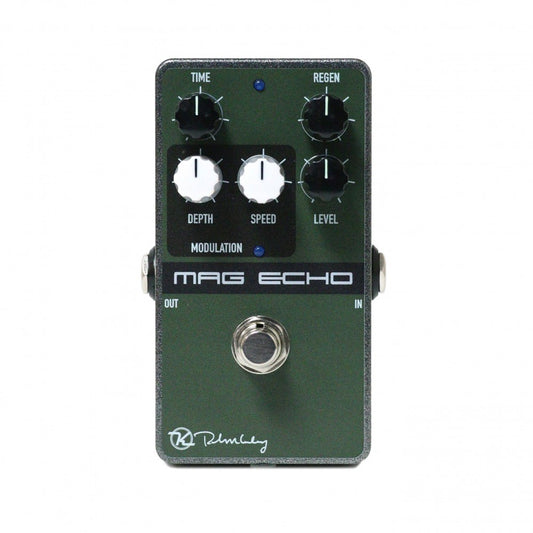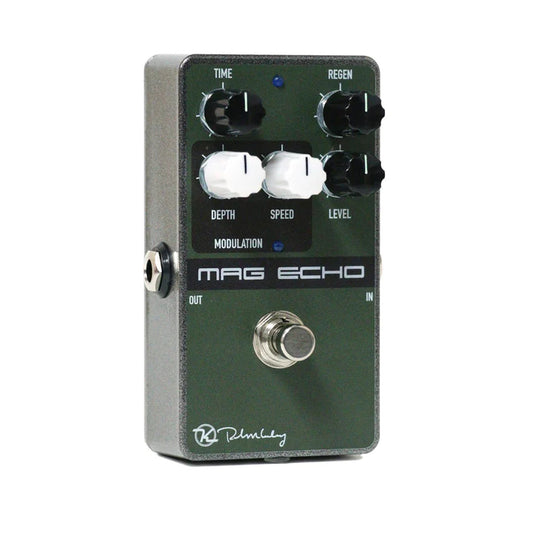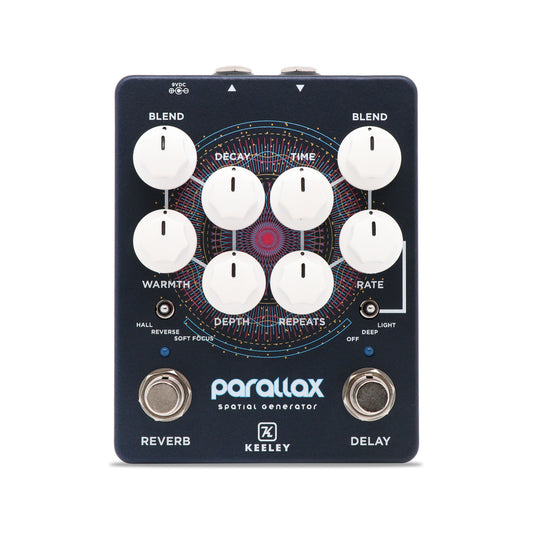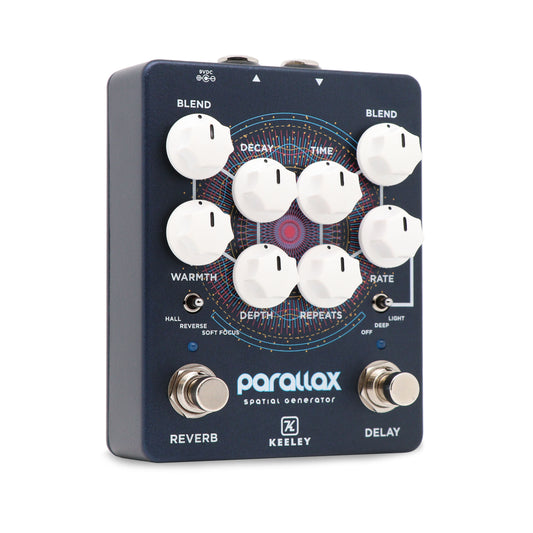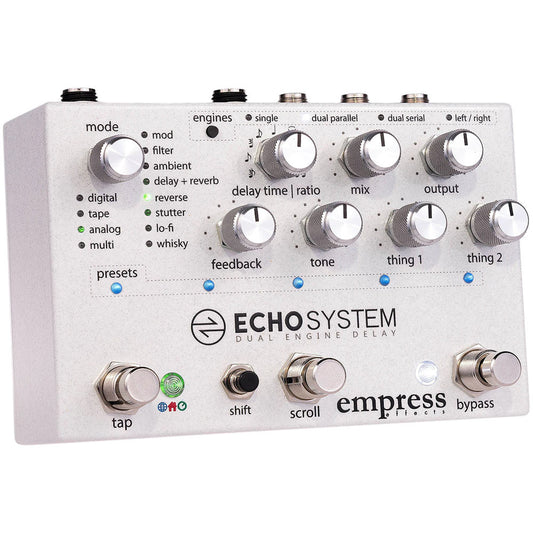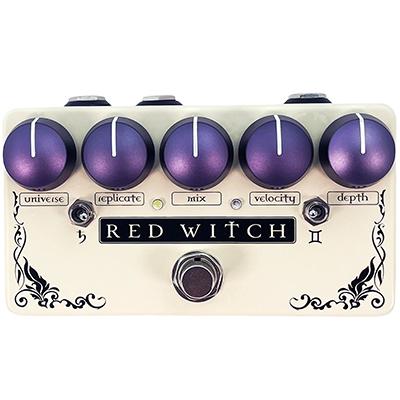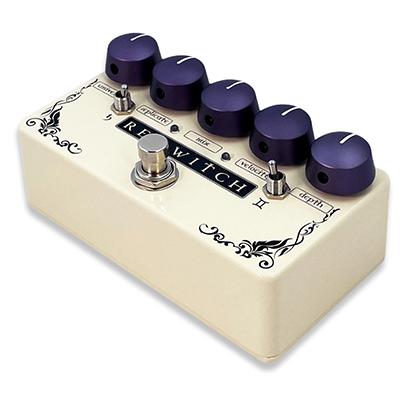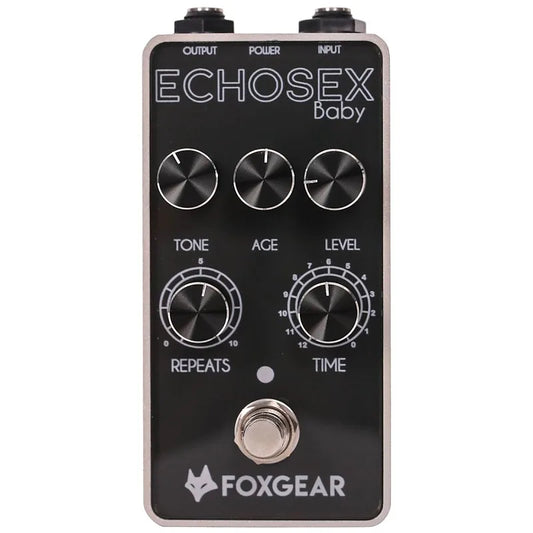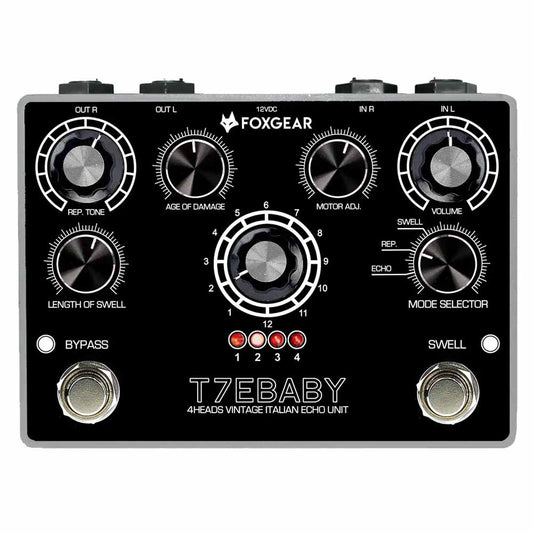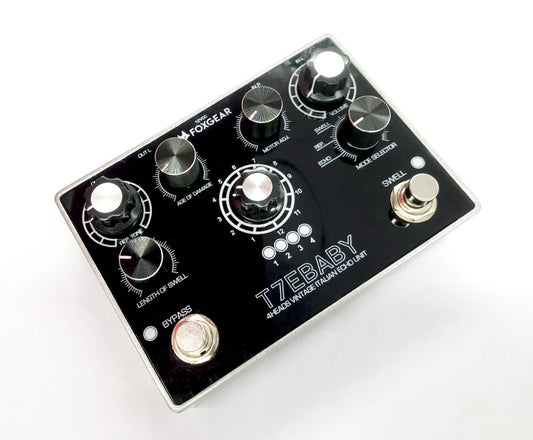Are you looking for a new delay pedal to add to your guitar rig? Delay pedals are used across a wide array of musical genres. Guitar delay pedals can create ambient sounds, add depth to solos, and deliver distinctive character through rhythmic patterns by repeating the notes and chords that you play.
-
Keeley Caverns Delay Reverb V2 Effect Pedal
Vendor:KeeleyRegular price $329.00 AUDRegular priceUnit price per -
Keeley DDR Drive-Delay-Reverb Effect Pedal
Vendor:KeeleyRegular price $299.00 AUDRegular priceUnit price per -
Keeley ECCOS Delay & Looper Effect Pedal
Vendor:KeeleyRegular price $419.00 AUDRegular priceUnit price per -
Keeley Halo - Andy Timmons Dual Echo Effect Pedal
Vendor:KeeleyRegular price $499.00 AUDRegular priceUnit price per -
Keeley Magnetic Echo – Tape Echo Effect Pedal
Vendor:KeeleyRegular price $249.00 AUDRegular priceUnit price per -
Keeley Parallax Spatial Generator Reverb & Delay Effect Pedal
Vendor:KeeleyRegular price $299.00 AUDRegular priceUnit price per -
JHS 3 Series Delay Effect Pedal
Vendor:JHSRegular price $185.00 AUDRegular priceUnit price per -
Empress Effects Echosystem - Dual Engine Delay
Vendor:EmpressRegular price $779.00 AUDRegular priceUnit price per -
Red Witch Binary Star Chorus Vibrato Modulation Effect Pedal
Vendor:Red WitchRegular price $419.00 AUDRegular priceUnit price per -
Foxgear Echosex Baby Vintage Italian Echo
Vendor:FoxgearRegular price $249.00 AUDRegular priceUnit price per -
Foxgear T7E Baby Vintage Italian Echo
Vendor:FoxgearRegular price $399.00 AUDRegular priceUnit price per$419.00 AUDSale price $399.00 AUDSale
Experimenting with delay pedals is the key to success. Test different settings and play around with the variety of controls that delay pedals offer to discover unique sounds that enhance your guitar-playing experience. Guitar delay pedals create a repeated audio signal that is produced after a certain amount of time. It will add space, depth and ambience to your guitar. From the type of echo you hear when you shout into a canyon to rhythmic dotted note delays to ping pong stereo delays from two amplifiers, delay effects pedals add colour to your playing.
What Does a Guitar Delay Pedal Do?
The delay pedal works by taking an input signal – the sound that comes from your guitar – and storing it in a buffer temporarily. It takes the stored sound and plays it back to you, but it does so at a specific time interval. This pedal creates an echoed or delayed effect. Delay pedals come in traditional analog form or by using modern digital technology.
The key controls and parameters of a delay pedal include:
- Delay Time
- Feedback
- Mix/Blend
- Level/Volume
- Modulation
- Tap Tempo
Delay effects pedals come in a variety of types including:
- Analog Delay
- Digital Delay
- Tape Delay
- Reverse Delay
- Multi-Mode Delay
Where Does a Delay Pedal Go in the Chain?
Some potential placements for a guitar delay pedal include the following options, depending on your preference:
- After Distortion/Overdrive Pedals – This is the typical placement of delay pedals and they are usually placed towards the end of the signal chain closest to the amplifier input. Setting it up this way preserves the original guitar tone and delivers a prominent delay effect.
- Before Distortion/Overdrive Pedals – this can yield interesting results as it will distort the delay signal along with your original sound to create a harmonically rich and intense delay sound.
- In the Effects Loop – For amplifiers with an effects loop, adding the delay pedal into the effects loop, the delayed signal is processed in the amplifier's preamp section. This leads to a more pronounced and cleaner delayed sound.
How to Choose a Guitar Delay Pedal
When choosing a new delay pedal, please keep the following in mind:
- How will it fit with your current setup?
- What type of delay do you want – a traditional analog delay or a more versatile digital delay?
- Does the brand have an excellent reputation? Is it an established brand with a great track record?
- Are there positive online reviews and video demos showcasing the benefits of the delay pedal? Are there positive user testimonials?
Consider these factors and make the best choice to meet your needs.
